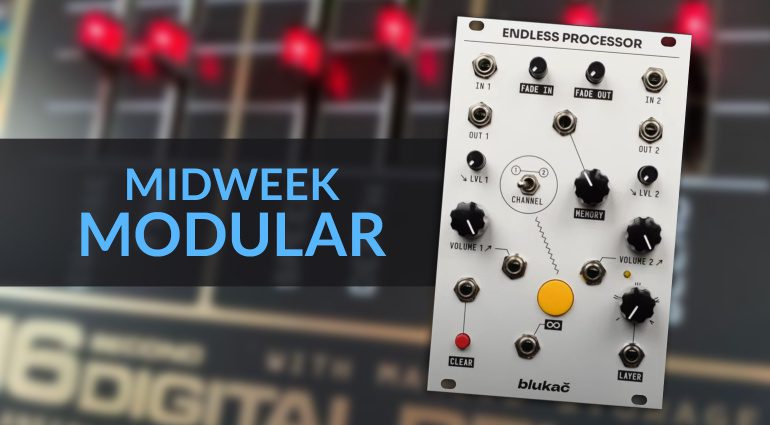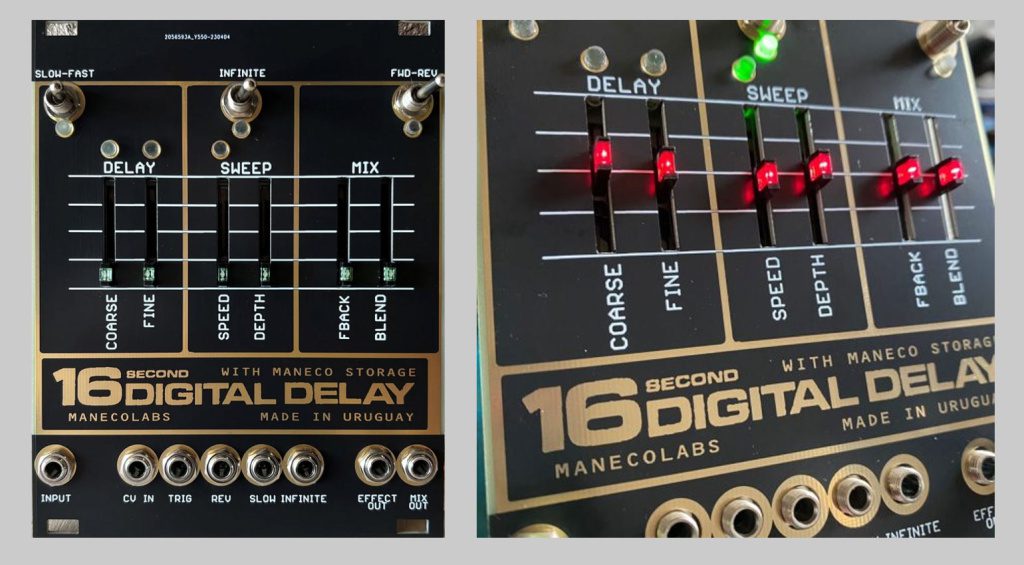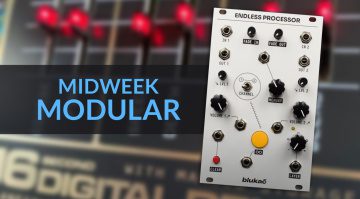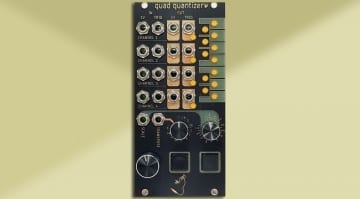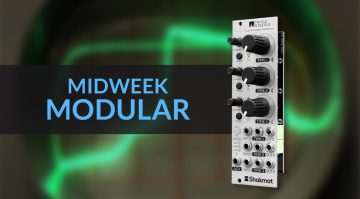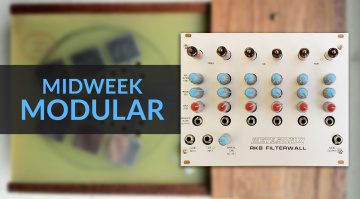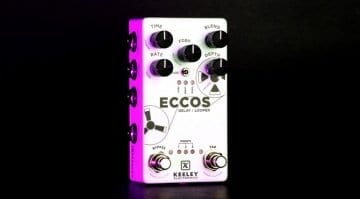Midweek Modular: From infinite sustain to 16 seconds of vintage delay
This week we found ourselves endlessly processed, delayed for 16 seconds, quad quantized and finally, introduced to a new Coral sound engine.
Behringer got into electro-acoustic experimental scratchings this week with RADAR. It’s a take on the Mutable Instrument Ears, where you can generate sounds, envelopes and gates from a contact microphone. Read more about it here.
Midweek Modular
In the cake shop of modular, here are this week’s strawberry tarts, chocolate eclairs and fat slabs of Rocky Road.
Blukac Endless Processor
Endless Processor is a dual-channel infinite sound sustainer machine. Now that sounds interesting. It sort of samples your sound/oscillator/instrument/recording and resynthesizes it into a perfect clickless stream. The timbral and tonal character of the original is preserved, so it simply sounds like it’s being sustained.
It’s always listening and able to grab the signal that’s most recently passed through, depending on how much audio you ask it to memorise. The sounds end up stacked into five layers per channel. You can clear, fade, and process them individually without affecting the others. It’s completely fascinating, like the longest, most shimmering delay and reverb, but so much more than that. Perhaps it’s more like grabbing a moment in time and stretching it off into the distance.
You are currently viewing a placeholder content from YouTube. To access the actual content, click the button below. Please note that doing so will share data with third-party providers.
- Blukac website.
Maneco Labs Sixteen Seconds Delay
Maneco Labs make weird modules and quirky pedals. It built a version of the vintage Electro Harmonix 16-Second Delay pedal a while ago. It’s now available in the Eurorack module. It follows the topology of those original digital delays. The signal path is all analogue, and it features pre-emphasis, de-emphasis, compression/expansion, antialias and reconstruction filtering with output buffering and mixing.
The Sixteen Seconds Delay revels in its 8-bit architecture, but Maneco has upped the game a little bit. It now supports 32 seconds of delay, an LFO provides modulation over the delay time and pitch, and you can switch in speed changes, freeze and reverse.
As this is Eurorack, we will need some CV control, and it doesn’t disappoint. We’ve got sample rate, freeze, reverse, speed and triggering all available for your patch cable experimentations.
- Maneco website.
OXI Instruments Coral new engine
The remarkable multi-engined polyphonic module gets a whole new sound engine in the latest update. The new firmware includes a Harmonic Oscillator with Wavefolder and Diode Distortion. That means additive synthesis. One of the controls takes care of the harmonic content centre, another handles the wavefolding, and a third acts as the distortion amount.
To make room for this new engine, the Snare and Hi-hat models have been combined into one, with the CV-controllable Morph acting as a crossfade.
It’s always good to see development and improvements coming to digital modules. I reviewed the Coral with the original pre-release firmware (below), which will give you a good idea of the possibilities. Fortunately, many of the issues I highlighted have been tackled in updates.
You are currently viewing a placeholder content from YouTube. To access the actual content, click the button below. Please note that doing so will share data with third-party providers.
Tenderfoot Electronics Quad Quantizer 2
I’m a fan of the original Quad Quantizer. Having four channels of melody being pulled into the same key was a brilliant way of keeping multiple synth lines and ideas together. However, the interface was a bit quirky and less straightforward than you’d think to select notes and scales. The Quad Quantizer 2 totally sorts that out.
Firstly you’ll notice the button keyboard that lets you directly activate notes. Really, that’s all you need in a quantizer, but Tenderfoot has gone further. You can shift octaves up and down, transpose and allocate different scales to different channels and change them via CV. The latest firmware update adds an arpeggiator mode and lets you assign the CV inputs to multiple channels at a time.
I think, at last, this might be the Quantizer I’ve always wanted.
You are currently viewing a placeholder content from YouTube. To access the actual content, click the button below. Please note that doing so will share data with third-party providers.
 5,0 / 5,0 |
5,0 / 5,0 | 